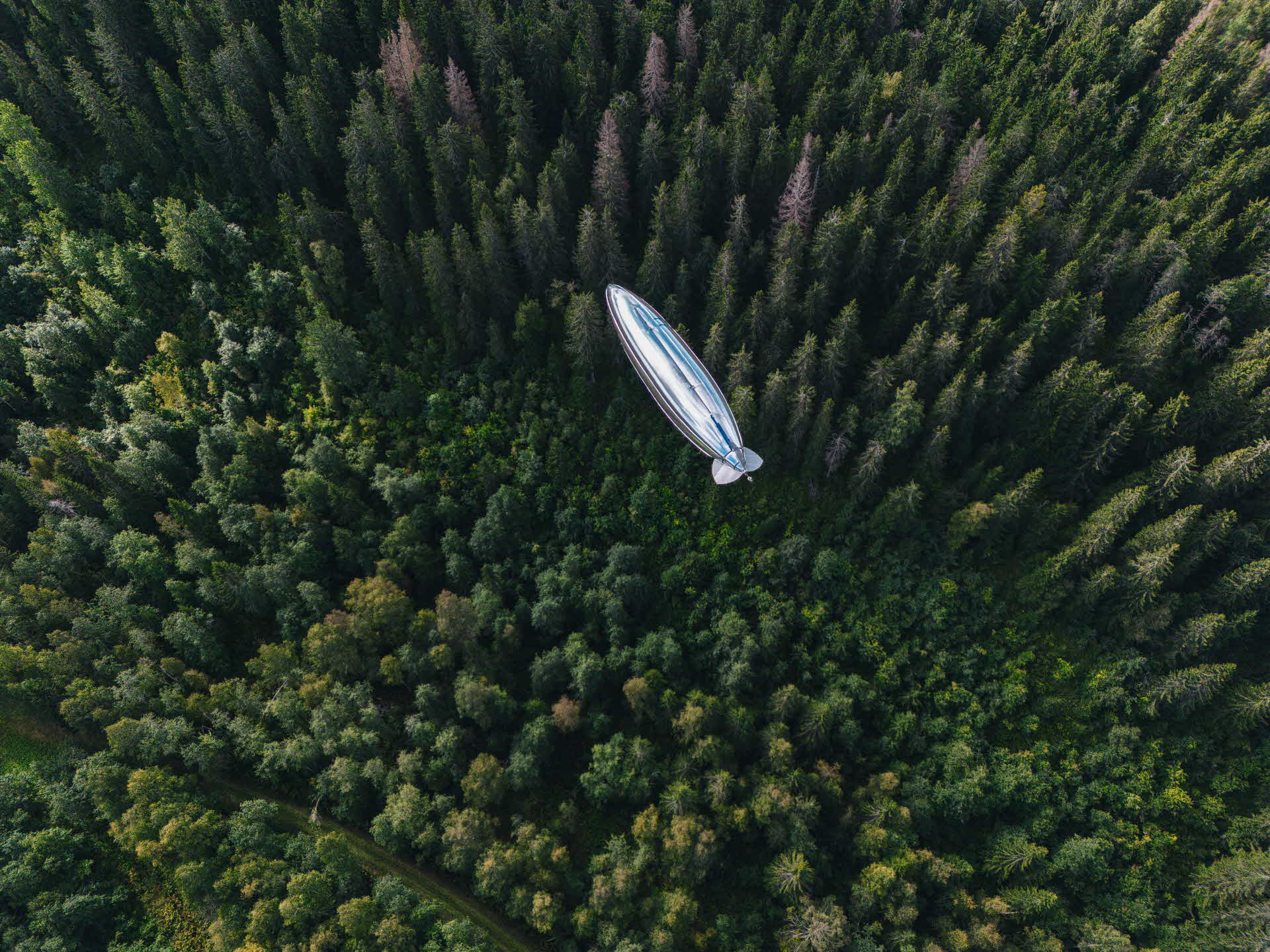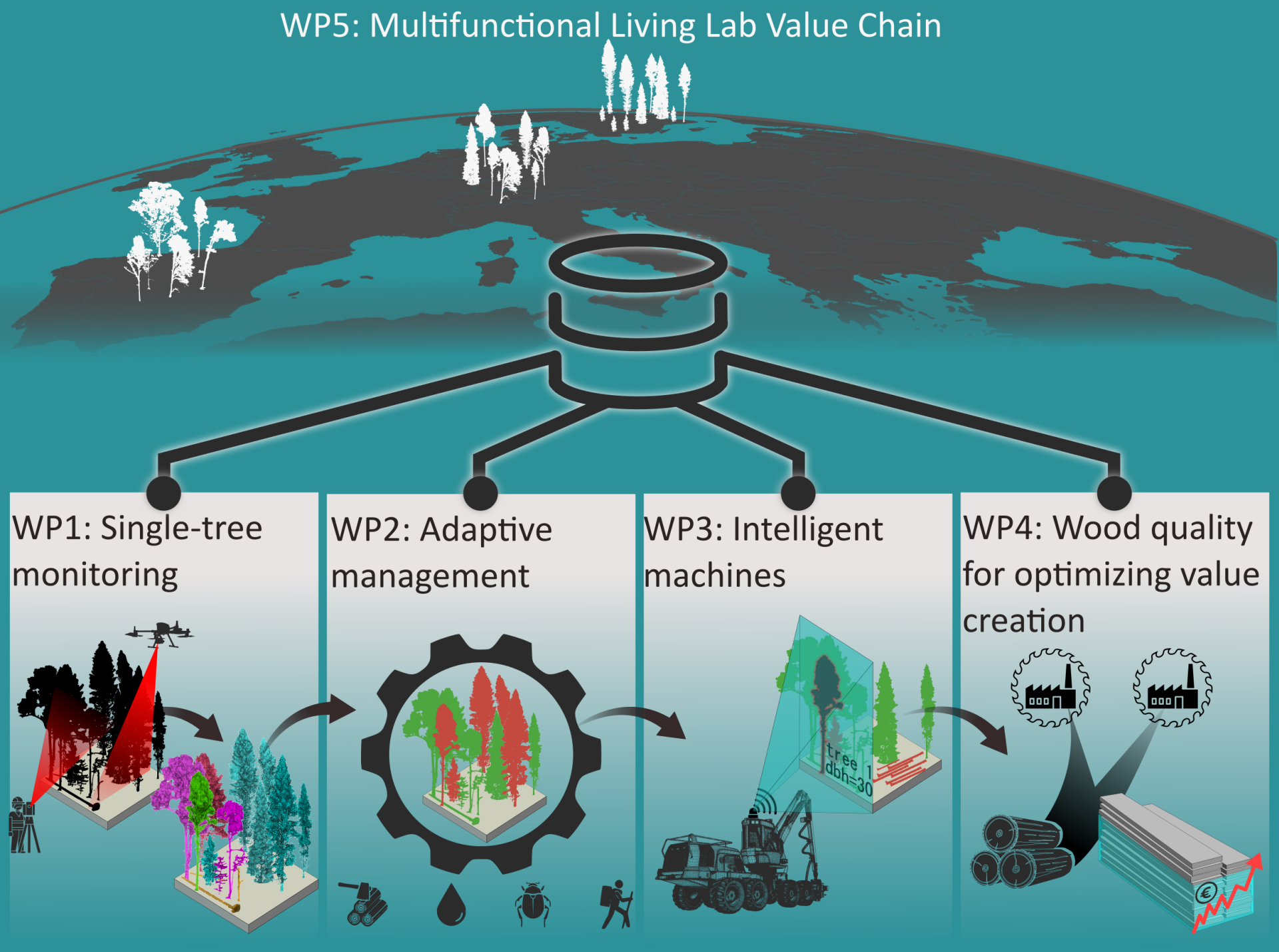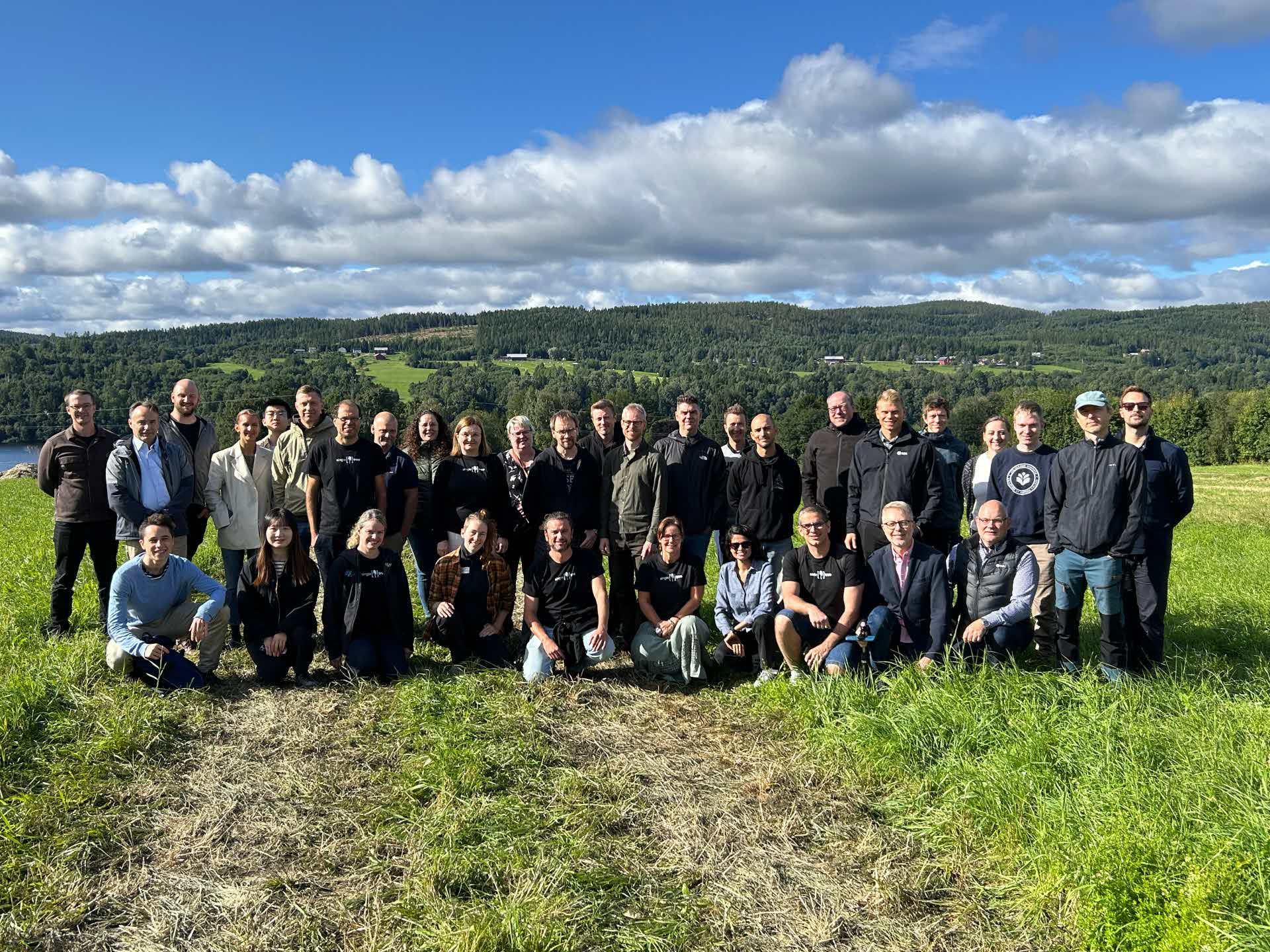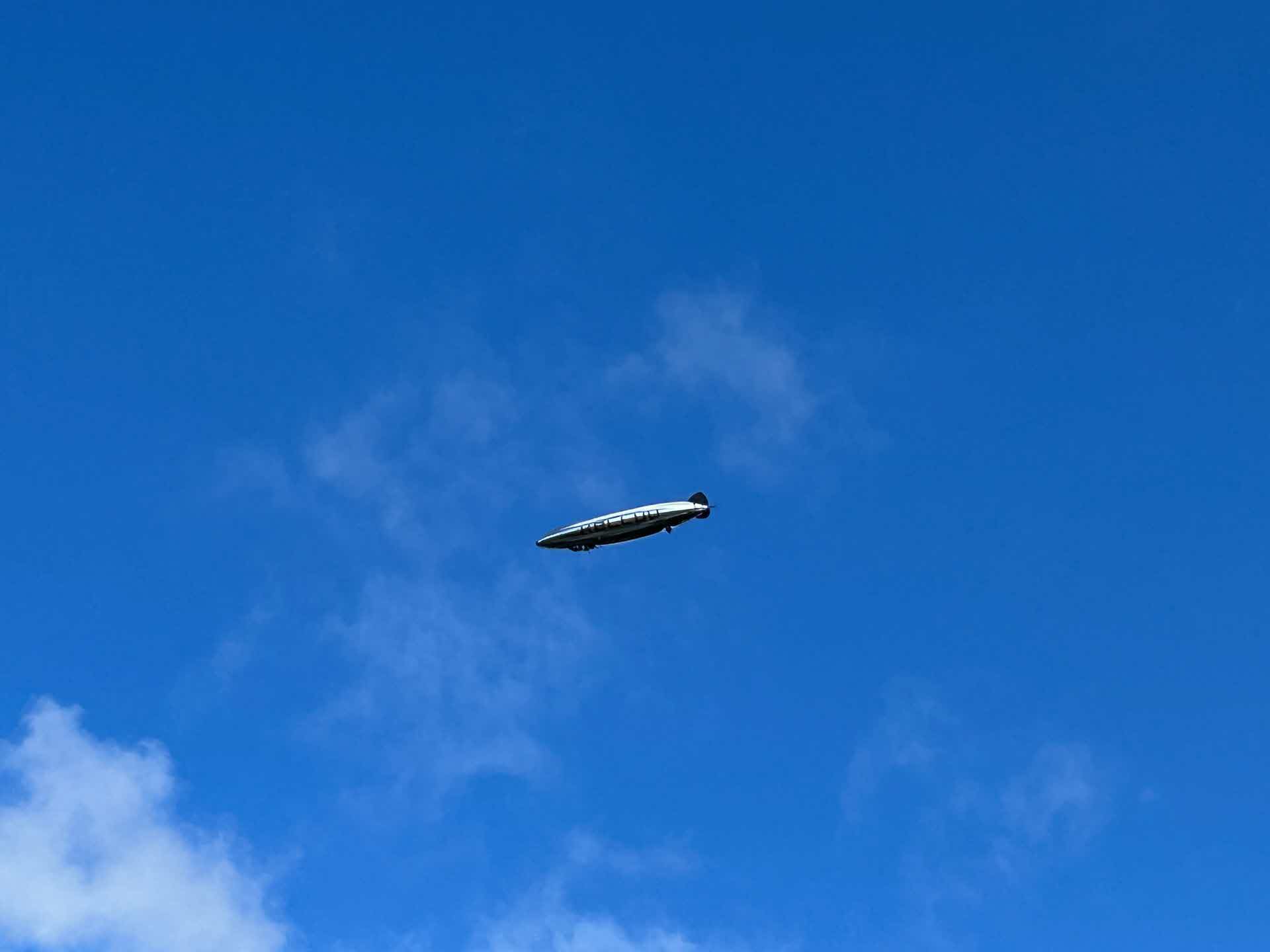
- ABOUT SCA
- INNOVATION AND RESEARCH
- FOREST INNOVATIONS
- SINGLETREE PROJECT
SingleTree – for an optimal forestry
How can the forest's value chains be optimized using information about individual trees in combination with AI and remote sensing? This is what the extensive EU research project SingleTree aims to discover, in which SCA is one of 14 expert participants.
The SingleTree project runs for four years and is funded by EU funds. The work is coordinated by NIBIO, the Norwegian Institute of Bioeconomy Research, and is supported by 14 partners from Norway, Sweden, Finland, Spain and Switzerland.

SCA represents Scandinavian forestry. Universities and research institutes, along with companies at the forefront of digital technology is also involved. Everyone sees great opportunities in combining high-resolution data about the forest with AI to develop forestry.
SingleTree will investigate how forest value chains can be optimized using detailed information about individual trees – information obtained by applying advanced digital technology, including AI and remote sensing. The idea is to manage individual trees with precision forestry to ensure the biomass is used optimally for the right products while improving forestry's ability to adapt to climate change and increase forest resilience.
Five work packages
The SingleTree project is divided into five work packages. The first package deals with remote sensing and obtaining data about individual trees. The second package focuses on adaptive forest management, and the third package works with intelligent machines to make use of each tree's information, while work package four will address wood quality to optimize value creation from the forest.

The research and technical solutions developed in these four work packages will then be applied in the fifth work package, called LLVC, Living Lab Value Chain. SCA are involved as Living Lab North. In addition, there are LLVC Central and LLVC South.
LLVC Central is represented by the public forest administration in the canton of Bern in central Switzerland. LLVC South is represented by the Spanish foundation "Foundation Cesefor" in Castilla y León in northwestern Spain, which aims to promote forestry and forest-based industries.
Different forests and forestry
There are quite different forests and different types of forestry participating. SCA is by far the largest forest owner with our 2.1 million hectares of productive forest land, while the canton of Bern manages a total of 13,000 hectares of forest land.
SCA's role will be to test and apply various solutions in actual operations in our forestry, ensuring that the research has a clear real-world grounding. SCA is also sharing forest data on individual trees, collected bu SCA's own yearly scanning of chosen forests.
SCA is at the forefront when it comes to collecting information about individual trees. This effort has resulted in the internally developed tool SCAn. This work and the tool SCAn are fundamentally changing how SCA plan its harvesting operations.
By utilizing information from the laser scanning of selected forests and data fromSCA's forestry machines, combined with AI, to create a digital twin of the forest. Thanks to the SCAn, SCA's planners can now perform a large part of the harvest planning at the office. This saves significant time, allows them to plan more efficiently during winter, and enables us to focus on visiting only the areas that truly need field inspections.
Follow SingleTree via LinkedIn


More about SingleTree
The project is funded by the Circular Bioeconomy Joint Undertaking (CBE JU) with a grant of €4.9 million.
Partners:
NIBIO - Norwegian Institute of Bioeconomy Research, Norway (project coordinator)
SLU, Swedish University of Agricultural Sciences
ITA-SUOMEN YLIOPISTO, University of Eastern Finland
Universidad de Valladolid UVA, Spain
MAANMITTAUSLAITOS, Finnish Geospatial Research Institute, Finland
Swiss Federal Institute for Forest, Snow and Landscape Research, Switzerland
SCA Skog AB
Creative optimization Sweden AB
Bern state forest enterprise, Switzerland
Kelluu Oy, Finland
Koko Forest Oy, Finland
Fundación Cesefor, Spain
Eidgenössische Technische Hochschule Zürich, Switzerland
Norwegian University of Science and Technology (NTNU), Norway
This initiative ultimately supports the EU Forest Strategy while delivering significant environmental, social, and economic benefits for rural development.

